In view of the 2024 European Elections, let's review the function and structure of the European Parliament.
The European Parliament is a parliamentary institution representing the peoples of the European Union and is the only European institution directly elected by the citizens of the Union.
The European Parliament is part of the legislative process together with the European Commission and the Council of the European Union.
Its headquarters are located in Strasbourg.
The figures that compose it are :
- The President of the Parliament : elected for a renewable term of two and a half years from among the Members of the Parliament. He represents the Parliament externally and in relations with the other EU institutions. He also oversees the discussions in plenary and ensures that the rules of the Parliament are respected. His signature makes the EU budget executive after it has been approved by the Parliament. His role can be taken over by one of the fourteen Vice-Presidents. The position is currently held by Roberta Metsola.
- The plenary : represents the European Parliament in the strict sense. It meets in Strasbourg every month for a session that lasts four days from Monday to Thursday. In the Chamber, seats are allocated to MEPs based on their political affiliation, from left to right.
- Political bodies : these include the Bureau, the Conference of Presidents, the five Quaestors, the Conference of Committee Chairs and the Conference of Delegation Chairs.
-Committees and delegations : : Members sit on twenty committees, three subcommittees and thirty-nine delegations. Parliament may set up special committees and committees of inquiry. Parliament sends a delegation to the Joint Parliamentary Assembly established under the agreement between the African, Caribbean and Pacific States and the EU.
- Political groups : there are seven. MEPs are divided into transnational formations formed on the basis of political affinities. The rule stipulates that a political group must be composed of MEPs elected in at least a quarter of the Member States and must consist of at least 23 MEPs.
- Political parties and foundations at European level : There are currently ten European political parties. Among the main European political foundations are the Wilfried Martens Centre for European Studies and the European Foundation for Progressive Studies.
- Secretariat of the Parliament : headed by the Secretary-General, who is appointed by the Bureau. Its task is to coordinate legislative activity and organise plenary sessions and meetings. It also provides technical, legal and expert assistance to parliamentary bodies and Members of Parliament, helping them to carry out their mandate. Finally, it provides interpretation and translation services for all meetings and official documents.
Parliament organises its activities autonomously and adopts its own rules of procedure by a majority of its component Members. The agenda for part-sessions is set autonomously by Parliament, which provides for the adoption of reports prepared by parliamentary committees, questions to the Commission and the Council, urgent debates and statements by the Presidency. Committee meetings and plenary sessions are public and broadcast on the web.
But does Parliament work the same way in Italy?
Let's see what the main differences are between the Italian Parliament and the European one.
First of all, the European Parliament is unicameral while the Italian one has a bicameral or perfect equal structure.
Therefore, if one is made up of a single chamber, the other has two chambers that exercise legislative power, both of which have the same tasks and the same powers deriving from the same constitutional relevance.
In terms of its functions, the European Parliament is the EU body with legislative functions and budgetary control. Its main tasks are to control the political work of the European Commission (which is the executive body) and to examine the legislative proposals that the Commission makes. It is important to clarify that the European Parliament has a sui generis legislative power: it does not have the power of legislative initiative, that is, it cannot formulate laws but only approve, amend and reject them , this also applies to the Council of the EU.
This is a significant point of divergence from the functions of the Italian Parliament, which instead exercises a function of legislative initiative, which consists in the creation and voting of laws.
The ninth legislature is currently in place, having taken office on 2 July 2019. There have never been so many women among the deputies: there are 302, approximately 40% of those elected. The political group with the most female representatives is the Greens. As for the countries, gender parity is perfectly respected in Austria, France, Luxembourg, Latvia, Malta, Sweden, Slovenia. In Finland there is even a reversal and female representation is 54%, above that of men. Slovakia has only two women out of thirteen deputies while Cyprus is the only country with an all-male delegation.
All projects promoted by European People are under the High Patronage of the European Parliament.



